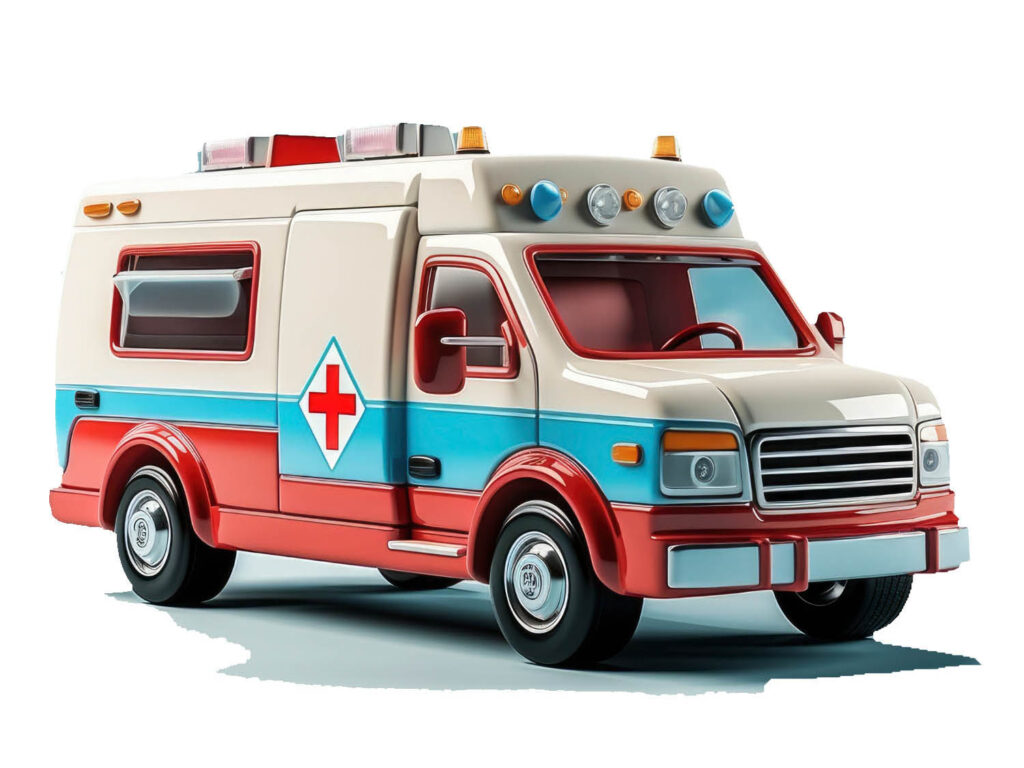THE SCARY REFLUX SCENE
The Christmas scene.
A few months back, while going for my early morning walk on a foggy morning, I noticed several blinking lights on my street. A blurry burst of red, white, and blue lights were flashing a few houses away. Christmas lights? I wondered. It’s not a competition. We barely started November, and this house already hooked up its Christmas lights!
As I approached the house, my view improved. What I thought was a Christmas light show was actually the blinking lights from a fire truck and an ambulance.

There was a woman in front of the house sobbing. I know the young family living in this house! The lady had delivered a baby about three months earlier at our hospital, and I took care of her baby. I approached her, “What’s the matter?”
She looked down embarrassed; she was wearing her night pajamas. She continued sobbing and didn’t respond. She also had her baby in her arms.
“What’s wrong ?” I pressed on.
She sniffled and shook her head as she rocked the baby.
The whole Christmas parade scene suddenly took on the scary vibe of a crime scene.

The crime scene.
I am ashamed, but I’ll admit it–my initial thoughts were about her husband. He was a construction worker but sometimes worked nights as an Uber driver. Was he shot by a passenger who didn’t want to pay? This Uber gig isn’t safe!
The lady wouldn’t talk, and I tried to make sense of the situation. What about the fire truck and the ambulance? I thought. There wasn’t fire anywhere? But when you call 911, you call the whole city.
A few minutes later, the fire truck lights dimmed, and its tires screeched as it drove off. Then the ambulance guy brushed past my shoulder. He seemed busy getting in and out of his blinking truck, pulling straps and harnesses, and I was in his way.
The circus scene.
The baby started crying, and his mother stomped her feet as she frantically rocked him. It was chilly, and the doctor in me felt the baby needed a warm blanket, but I checked the thought.
It was dark and the ambulance lights were flashing repeatedly; a man was hurrying about, and a woman and her baby were crying. At this point, the crime scene looked more like the conclusion of a circus show. There was crying and confusion everywhere.
There was crying and confusion everywhere.
I didn’t want to leave the poor sobbing mother, as the ambulance guy was busy fixing stuffs. Just as I was running out of patience, I saw a man coming out of the house.
It was the lady’s husband! He was alive! He wasn’t even bleeding or crying, but he looked distraught as he zipped up his jacket.
“What’s the matter?” I asked him.
“It’s the baby,” he said, gesturing toward his wife.
She was still sobbing as she rocked the baby, but the baby had stopped crying.
“What happened to your baby ?”
“He stopped breathing ?”
I peered down at the baby.
The baby looked up at me, eyes wide open, his brows raised, as if he was surprised and denying the allegation. I looked back at the father for clarification.
The scary reflux scene.

“He stopped breathing when I was changing his diaper,” the man said, his shoulders slumped.
Then I listened as he explained how, five minutes after his wife fed the baby, the boy pooped, and she handed the baby to him. He then placed the baby on the bed to change his dirty diaper, and that was when the baby stopped breathing and fainted! “It was very scary,” He concluded.
I nodded affirmatively, thinking to myself that the baby probably had a hypoxic and apneic spell triggered by laryngospasm from reflux of milk—It was that simple. But I couldn’t explain it in simple words, so I went to the mother and patted her shoulder.
What actually happened, was that this baby, with a full tummy right after feeding, was laid down flat, and his thighs were raised up to change his dirty diaper. This position pushed on his stomach contents and caused him to reflux. The milk drained down into the opening of his windpipe (larynx), but his throat prevented him from chocking, and the opening closed up (laryngospasm), which caused him to stop breathing (apnea) and led to the transient loss of oxygen (hypoxia) to the brain that affected his muscle tone and caused him to faint. If only his father had used a safe slanted bed like the Faniks Sleeper while he was changing him, I thought, this would have been prevented. He would have to learn how to change a baby like a pro.
The ambulance guy pulled out an incubator that looked like a glass-covered cage to take the baby away.
“Was the baby ever sick before now?” I asked the parents,
“No,” they both replied.
“Did the baby ever cough?”
They shook their head in unison.
I looked at the baby, and then I carried him in my arms. He was smiling and could already hold up his chubby neck. He definitely looked like a happy spitter.
The mother told the ambulance guy that I was the baby’s first pediatrician. He looked surprised. Then I asked him if I could borrow his stethoscope. He wasn’t pleased, but he gave it to me, and stood by as I examined the baby. Afterward, he asked me what I thought about the baby.
“I think your baby will be fine,” I reassured the parents. “His lungs are clear, and his heart rate sounds normal.” But you may still take him to the hospital if you want to.
The couple consulted with each other and asked me again if I was sure that the baby would be fine.
I explained to them that reflux could trigger such episodes in babies and reassured them that since the baby never coughed, most likely, the baby never aspirated, and the milk didn’t go down into his lungs.
“It was a very scary reflux scene,” the husband said, hugging his wife.
Because they knew and trusted me, the parents decided they would watch the baby at home that day. The ambulance guy wasn’t happy as he gave them some papers to sign, and he threatened that the baby may die before he gets to them next time.
I returned to the house with the parents and spent the next hour observing the baby.
“It was a very scary reflux scene…”

Ten things you can do to prevent your baby from spitting up.
We discussed the ten things you can do to prevent your baby from spitting up. I told them they needed to cut down on the volume of his milk and counseled them about baby sleeping and feeding. We also talked about several other useful parenting tips. Thankfully, the parents listened to my suggestions. The boy’s spitting improved, and he never had any more scary apneic episodes.
Every time I drive by their house, this friendly couple always wave cheerfully. I was even invited to their son’s one-year birthday. By then, he was a chubby, tough dude, already walking, eating solids, and ready to take on the Big Mac.

Your Baby’s Comfort is Our Mission


Andrew Faniku MD
Andrew is a committed family man and pediatrician who is focused on improving your baby's comfort. In his spare time, he writes short stories and makes acrylic paintings.He is also learning to use social media. Please connect with him on social media.



